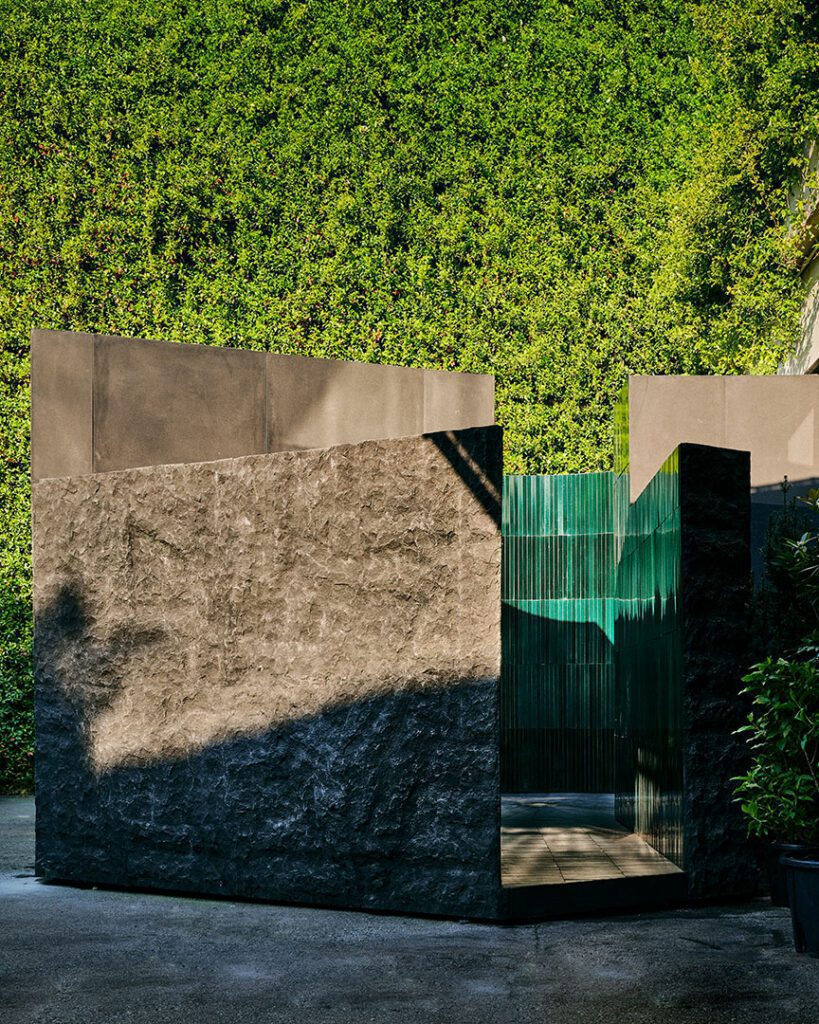To mark Milan Design Week, Nilufar presented ‘Time Traveler’, a wide-ranging exhibition curated by Nilufar founder Nina Yashar aimed at exploring the complex story of design and its evolution over the years.

The exhibition stands as a testament to this legacy and offers us the opportunity to rediscover the intrinsic connections that unite humanity across continents, cultures, and creative expressions. Nilufar invites us to ponder the passage of time where the echoes of yesterday harmonise with the promise of tomorrow, unveiling the infinite possibilities inherent in design.
“Within the silence of each design artifact resides a symphony of journeys, traveling through lands, cultures, and eras while narrating tales of material experimentation and creative evolution. Despite the physical and temporal distances that separate these objects, they stand as timeless witnesses, each containing a unique narrative. In their stillness, they invite us to unearth the profound connections that bind human expressions and experiences. ‘Time Traveler’ is dedicated to this special power of design,” explains Nina.
Here are a few highlights from ‘Time Traveler’.
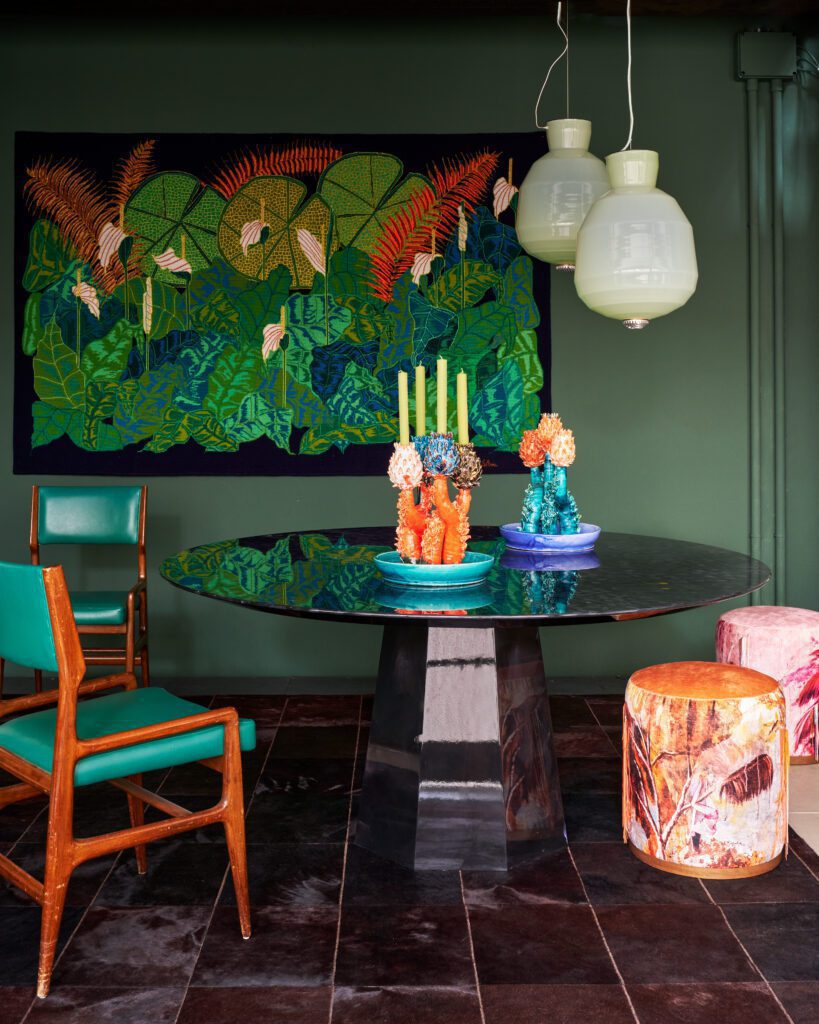
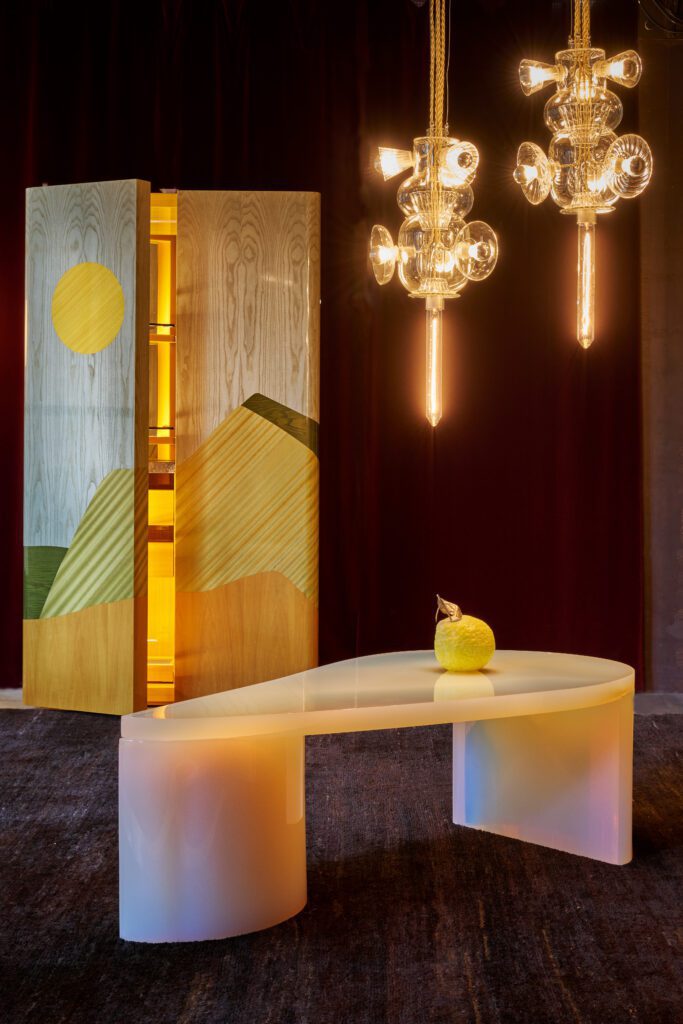
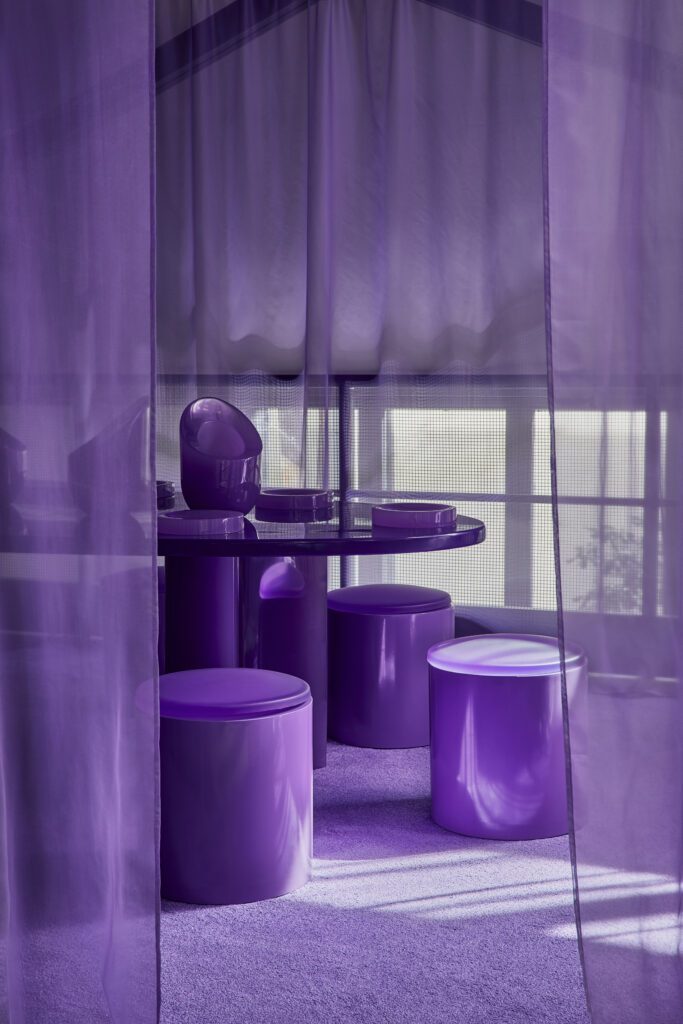
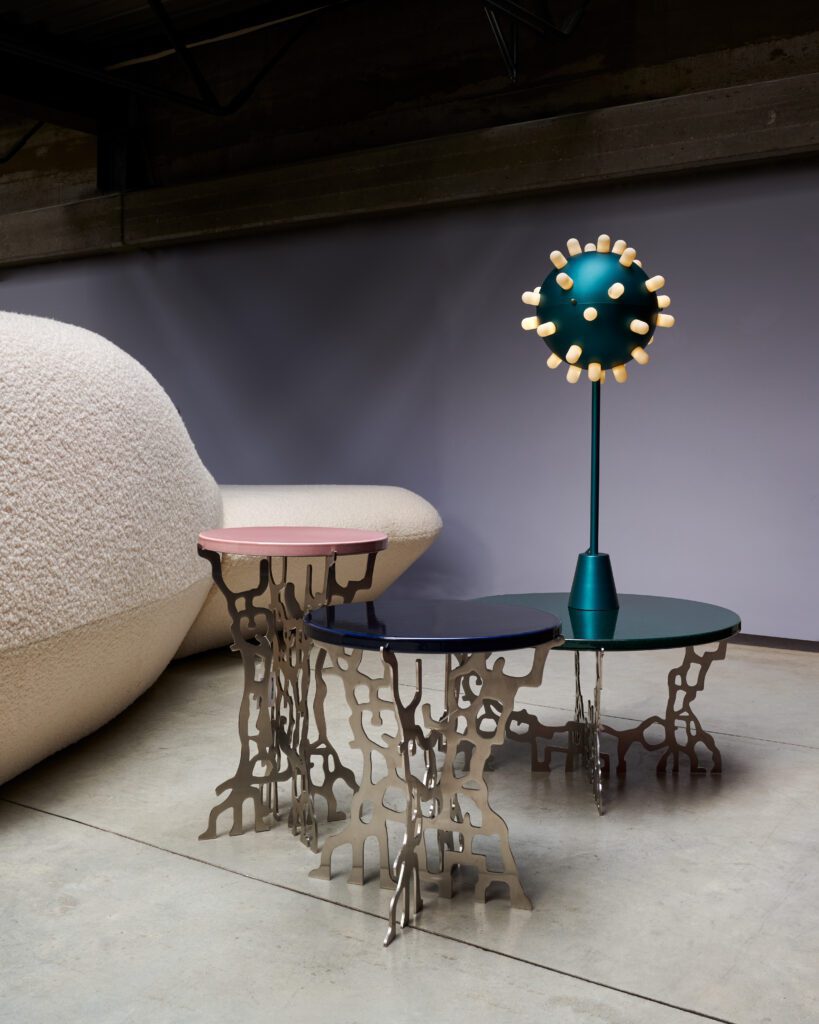
12 Chairs for Meditation
Digital artist and designer Andrés Reisinger’s “12 Chairs for Meditation,” was an experiential exhibition set in the atrium of Nilufar Depot in Viale Lancetti.

Reisinger crafts a theatrical narrative encouraging visitors to partake in introspective meditation that creates an experience detached from the constraints of time.
Curated by Reisinger and Nilufar founder Nina Yashar, the exhibition unveiled a new collection of chairs and a striking site-specific mosaic accompanied by a bespoke musical piece composed by the artist.
Working between Madrid and Barcelona, Reisinger uses his remarkable talents to blur the boundaries between the digital and physical realms, forging a new experiential landscape. In this liminal space, where conventions dissolve, Reisinger invites us to embrace experiences devoid of rigid definitions, instead emphasizing those that resonate with our shared humanity.
With the exhibition at Nilufar, Reisinger embarked on yet another chapter of his creative odyssey, enticing the senses to partake in a theatrical tableau transcending time and fostering meditative reflection. Meditation, a timeless human pursuit, is a protagonist of Reisinger’s work, both as inspiration and as a subject, embracing and yearning for ethereal energies that stimulate the creative process.
The “12 Chairs for Meditation” exhibit centred around a new collection of chairs adorned in pristine white. Reisinger designed each piece inspired by a different era of design, paying homage to the past as a cornerstone of future innovation. “Like Plato, Novalis and many others, Andrés Reisinger seems to know that meditation and the search for wisdom are unravelling processes leading back to the earliest beginnings. At the base of his latest installation, a dozen empty chairs act as physical reminders of human presence in a space for contemplation. Exactly a dozen. No more, no less. Twelve, as he knows, is a superior highly composite number that has represented perfection and cosmic balance in our traditions since early antiquity” explains Argentine philosopher and critic Florencio Noceti in his artistic paper on the exhibition.
Meteora
Ranieri presents an enveloping installation, entirely made of lava stone – a celebration of natural imperfection.
A site-specific installation for Nilufar Viale Lancetti’s Garden, the large artwork, envisioned by Ranieri’s creative directors, architects and designers Francesco Meda and David Lopez Quincoces, serves as a majestic enticement to delve into the surprising realm of lava stone and its unconventional craftsmanship by the company.
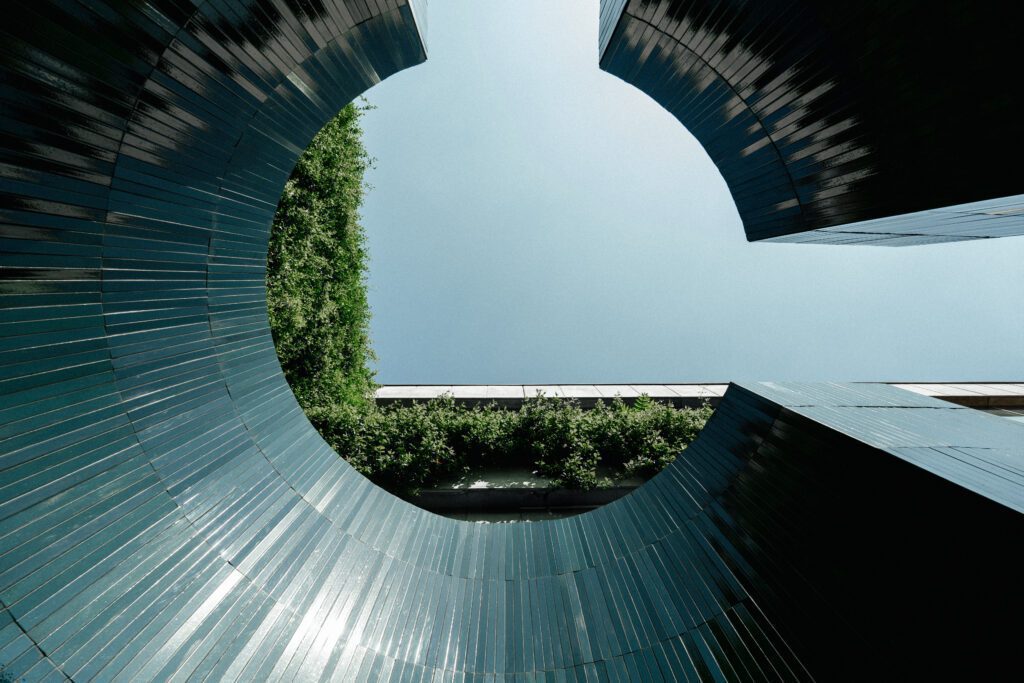
The installation hosted by Nilufar takes the form of a monolithic structure, inviting visitors to envelop themselves in a temporary environment crafted entirely from lava stone. Upon entry through a narrow corridor, visitors access a circular space boasting a diameter of three metres with walls standing approximately 2.6 metres tall.
With such dimensions, the installation intends for visitors to lose all sense of external space and time, surrounded entirely by the rugged beauty of lava stone. The only visible element beyond the stone enclosure is the sky, visible through an upward aperture resembling a telescope. At the heart of this circular space lies a small concave depression, approximately 30 cm in depth, crafted from lava stone and adorned with a golden
enamel. This centerpiece serves as a reflective mirror to the open sky above, offering the opportunity to contemplate the surroundings from a unique perspective.
Adorning the periphery of the installations are lava stone stools, each measuring 50 cm x 50 cm. These elements present a visual illusion: when aligned in succession, they meld into a singular black block; upon closer inspection or when separated, their surfaces unveil an interplay of
fluidity and motion.
Amidst the bustling chaos of Milan Design Week, ‘METEORA’ offered a serene sanctuary for quiet contemplation: a moment to gather one’s thoughts on the thousands of design inspirations encountered while connecting deeply and directly with craftsmanship and materials. An opportunity to appreciate first hand lava stone almost as if standing at the heart of a volcano.
